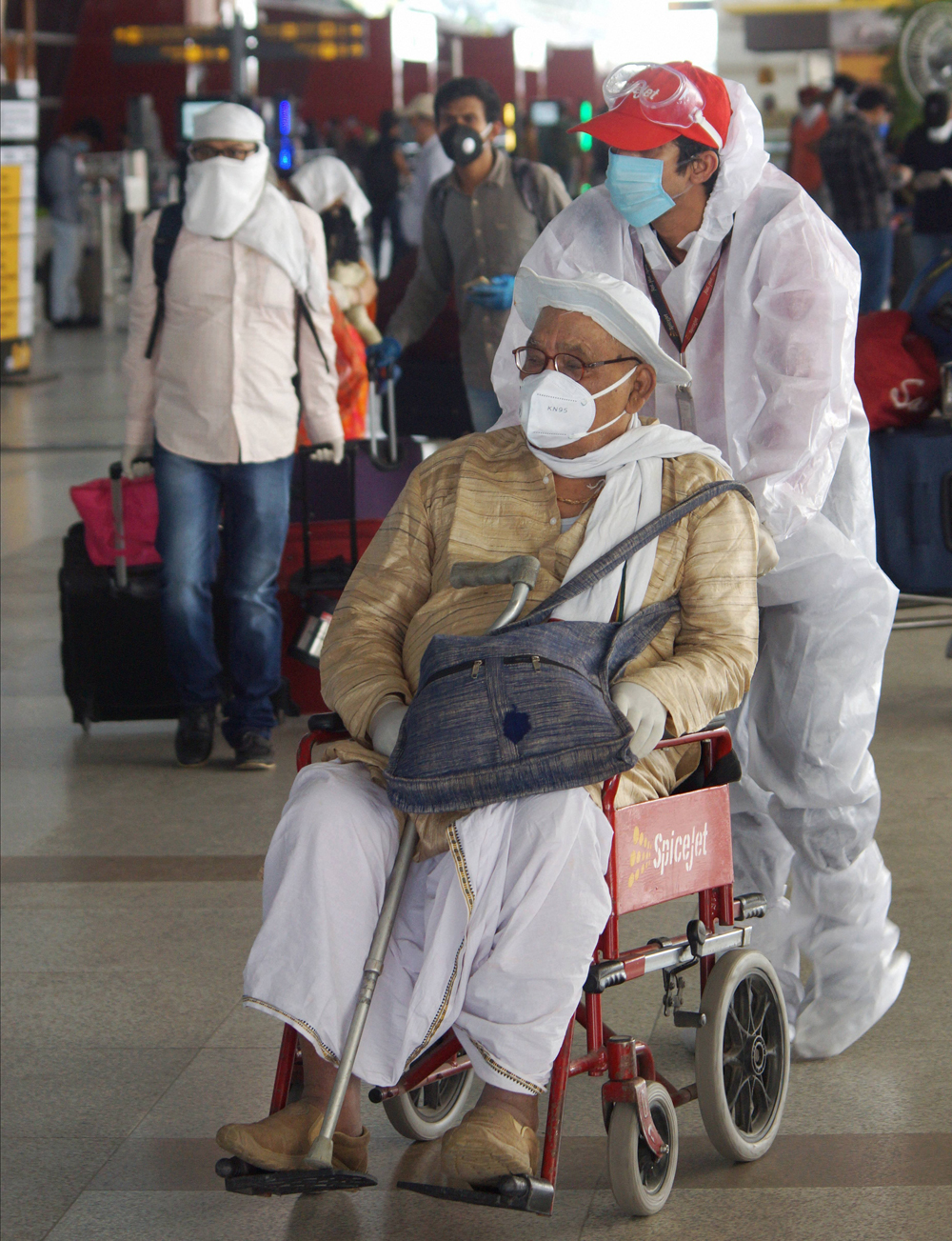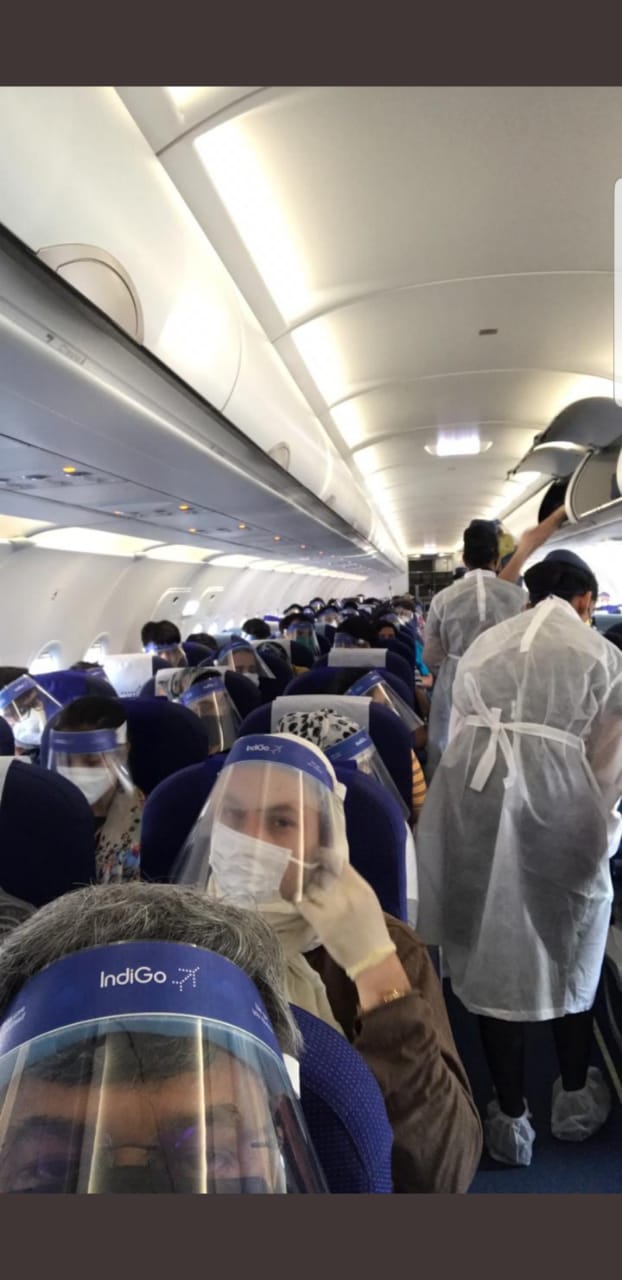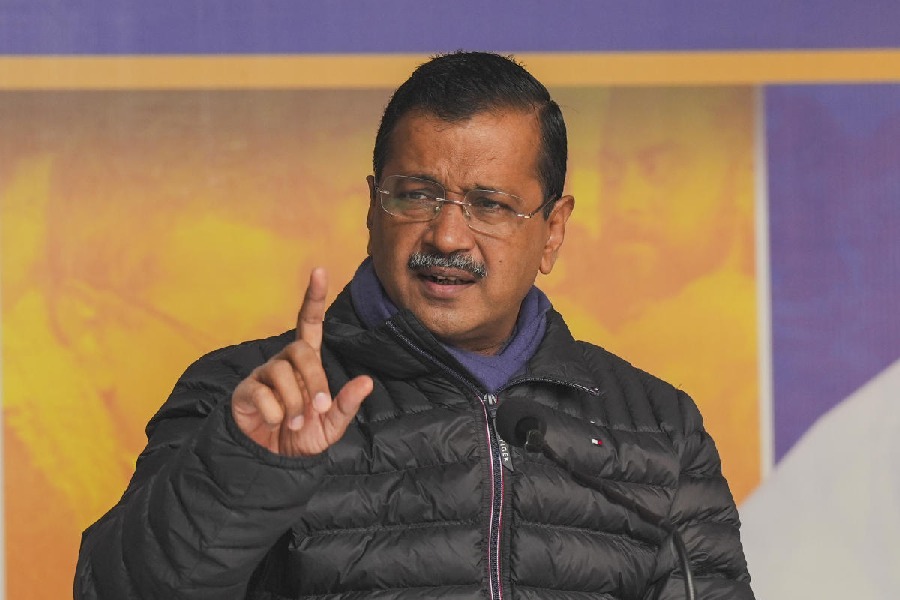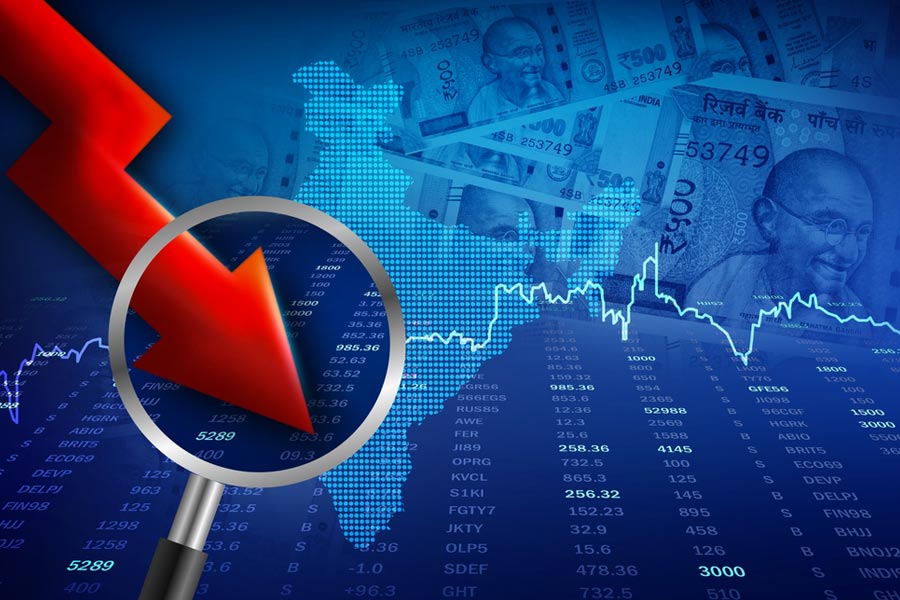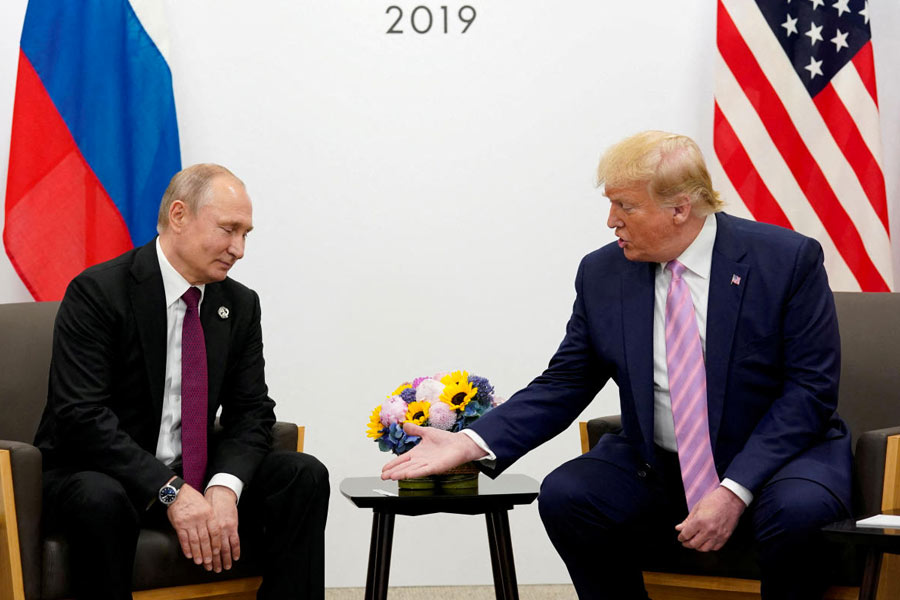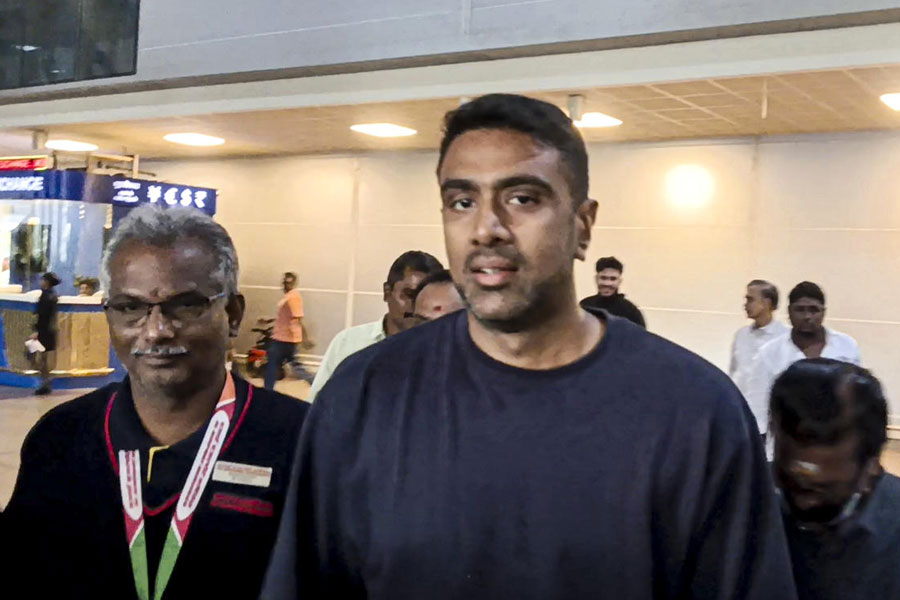The pushback has begun, but the questions dangle in the air. After a two-month hiatus, the country’s domestic airlines resumed passenger flights amid chaos wrought by chopped schedules and confusion over differing quarantine practices in states. Anger and bewilderment have prevailed at the airports, and it may be several weeks before the truncated summer schedule in the aviation industry settles. But the problems for the airline industry will not blow over easily. Airlines have been wallowing in losses and their operational costs have risen in the past year. The coronavirus pandemic could not have hit the industry at a worse possible time. The credit rating agency, ICRA, has estimated that domestic airlines have suffered a collective loss of between Rs 700-900 million every day since March 25 when the passenger planes were grounded. This translates into a loss of around Rs 550 million during the no-fly period. There are a number of forecasts flying around but they are all pretty gloomy. With corporate travel and tourism traffic unlikely to return in a hurry, the airlines will struggle to sell seats on their planes. The passenger load factor of most airlines — a metric that measures the number of available seats that they are able to sell — was in the high eighties back in January and, yet, they were struggling to post profits.
Two things have changed for the airline industry: first, it will take a long time before they can fill their planes to capacity. That will not happen as long as the pandemic scare remains and rigid social distancing protocols stay in place. No one will be comfortable flying as long as the experience mirrors a visit to a hospital rather than an eagerly awaited journey to a cherished holiday destination. Second, the Narendra Modi government has imposed price caps for the next three months to stop predatory ticket pricing by airlines. This is bad news. The civil aviation minister, Hardeep Singh Puri, had argued in July last year that there was little scope for government intervention because of the dynamic pricing mechanism that the industry had embraced years ago. But he has done exactly that this time. The aviation ministry has diced up all domestic routes on the basis of flight duration into seven sectors. There is another rider: at least 40 per cent of the tickets have to be sold at a fare below the mid-point of the suggested price band.
The finance minister, Nirmala Sitharaman, has announced two big reforms for the aviation sector and it will be interesting to see how these play out. The first is to open up the air corridors in the country, enabling planes to fly direct routes, shortening aircraft utilization rates and ensuring fuel savings. The other is to turn India into a global hub for maintenance, repair and overhaul of planes. That will reduce maintenance costs. But these changes will take time to yield results. Till then, the airlines can only flap their wings in pain.

